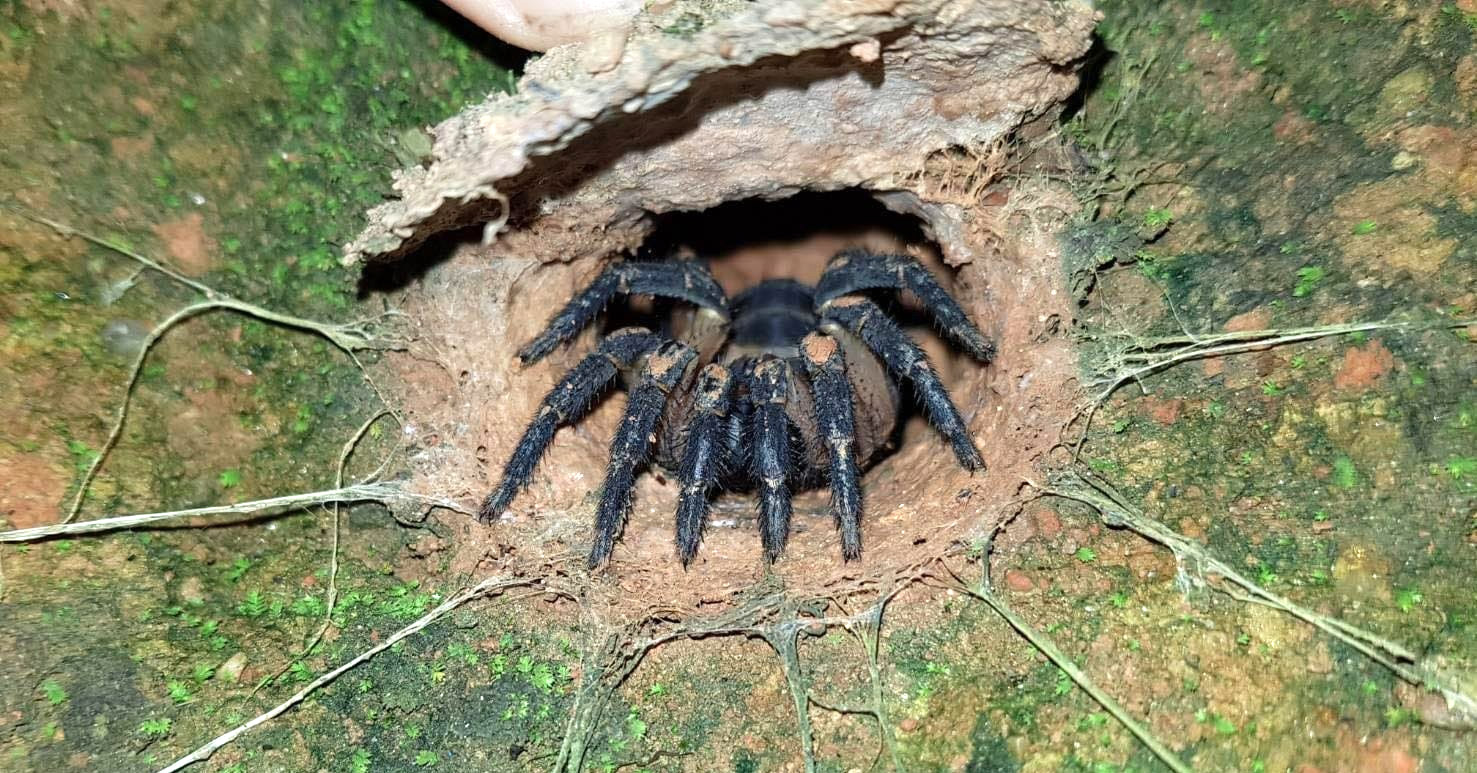Molecular phylogeny, biogeography, and species delimitation of segmented spider genus Liphistius (Araneae: Liphistiidae) in Thailand
Authors: Varat Sivayyapram, Chawakorn Kunsete, Xin Xu, Deborah R Smith, Prapun Traiyasut, Sureerat Deowanish, Daiqin Li, Natapot Warrit
Mesothelae, or primitively segmented trapdoor spiders, form the most basal clade among living spiders. In Southeast Asia, Liphistius is the only genus recognized in the extant family Liphistiidae. Liphistius taxonomy and species identification are based largely on characters of the genitalia; however, the female genitalia show high intraspecific variation, males are rarely collected, and the phylogenetic relationships among the 69 described Liphistius species are unresolved. Here, we focused on the Liphistius of Thailand, including 37 described and numerous undescribed species in four species groups. We generated sequences from five loci (COI, 16S, H3, 28S, and ITS2) for 162 specimens from 52 sites in Thailand and Myanmar to reconstruct phylogenetic relationships, infer historical biogeography, and delimit species. The five-locus data set resolved nearly all species and species group relationships and was mostly congruent with morphology-based classifications. Ancestral area reconstruction suggested that Liphistius originated in Sibumasu (Siam–Burma–Malaysia–Sumatra) and diversified into several species groups, four (birmanicus, bristowei, linang, and trang) of which are found in Thailand. Speciation within Liphistius occurred in the area corresponding to their current distribution. All delimitation methods tested (ASAP, GMYC, PTP, STACEY and BFD) delimited specimens from discrete locations as separate species; variation in the number of species proposed (ranging from 53 to 72) stemmed from variation in delimitation of sympatric cryptic species.




